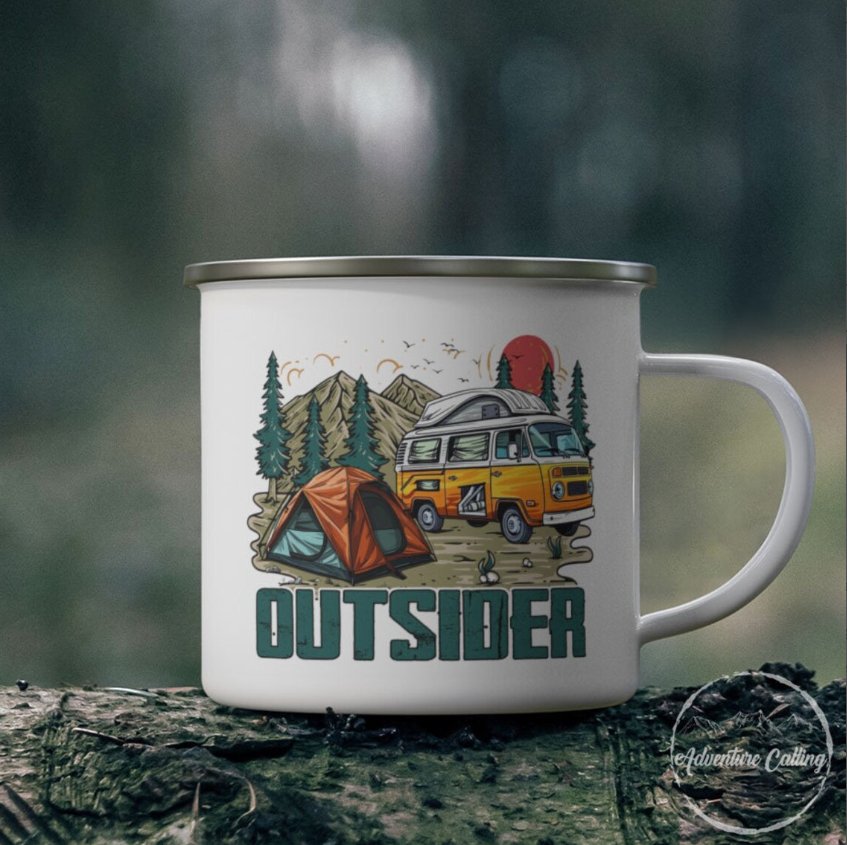How to strip old wallpaper?
Disconnect electricity at the wall
Depending on the type of wallpaper, stripping it can be a pretty "moist" experience. And also, as most of us recognize, power and water do not mix; as a matter of fact, they are downright harmful when combined. This is why you first must disconnect the electrical energy for the room in question at the circuit box. In older buildings, the circuits of numerous areas might be linked through just one fuse. After the power has been separated, it might be a great idea to provide some added satisfaction by checking the power sockets with a circuit tester. These tools (which look a bit like screwdrivers) are available in any DIY outlet and assist you in seeing if there is no electrical power running any longer.
If you operate in dark areas, or if you can't function throughout daytime hrs, you will, of course, need a resource of light that does not rely upon the power supply, for example, a battery spotlight. Conversely, you could utilize an extension cable to connect a light to the outlet in one more room.
Once you have made sure the electricity is turned off, you should get rid of the plastic frameworks around the sockets and buttons. Thoroughly press a thin slotted screwdriver sideways under the frameworks, and they ought to come off quickly. Next off, unscrew the outlet cover. You now need to eliminate the cover and reveal the authentic outlet with its wires. This needs to be safeguarded from moisture, so you must use excellent masking tape to cover it extensively. In brand-new builds, where the sockets have not been wired yet, the "holes" can be loaded with papers. Don't forget to eliminate all the filling material after work.
If you plan to paper the ceiling, you must remove the lamp installation. As there is a myriad of various lamps readily available, and the light might be connected to the port wire, we advise you to get in touch with an electrical expert who can expertly dismantle the light fitting if a brand-new ceiling light is to be installed after the restoration job is total, working with a primary outlet and also appropriate source of lights may be less complicated.
To strip the wallpaper in the location between the wall surface and also the ceiling with more precision, as well as to not damage the ceiling if it has already been backgrounded or repainted, you will need to use a separating cut between the wallpaper on the wall and also the ceiling. Use a sharp cutter blade to cut a straight line at the top end of the wall, 5 mm below the ceiling. A wallpapering bar, surface spatula, or lengthy leader can be handy for this job.
Remove dry non-woven wallpapers.
At last, we reach to take the old wallpaper down!
If it is non-woven paper, this task needs to be pretty straightforward, tidy, and quick. Start near the bottom, as well as draw whole dry strips off. This will work if the proper adhesive or paste is used when putting the paper up.
If you are uncertain whether the old wallpaper is in the non-woven range, do a "detaching examination." Location a slim spatula onto the joint to loosen the wallpaper and each a little piece afterward. If this is very easy and adequate and you can see fibers in the support product, it is undoubtedly a non-woven wallpaper.
Each strip of wallpaper must right away be taken into a vast container lining.
Soaking paper-based wallpaper
Old wallpapers are usually made from paper. It is extremely hardly ever the situation that these can just be pulled off in (dehydrated) strips. After waiting a while, they must be saturated thoroughly and require you to use your spatula to remove them. The damper they are, the less likely it is that you will certainly have to remove small scraps of wallpaper - the last point you intend to make when getting rid of old wall surface decor ...
So, allow's do it the simple way! You can use the "timeless" remedy made from water and washing up fluid to soak the old paper or choose a ready-made wallpaper removing the agent from a DIY store (usually blended with cozy water, according to directions). We suggest a sprayer, sponge, or a large paintbrush apply it. Work from top to bottom and ensure the whole wall surface is soaked throughout. Any drips must be infiltrated the wallpaper promptly. Saturating time depends upon the kind of wallpaper you are attempting to remove (as well as whether there is more than one layer!).
Wait for around 15 mins, and afterward, provide it an initial shot with your spatula. If the improvement happens on a more relaxed day, you should transform the home heating down for this process to avoid the glue drying too swiftly (hence increasing your workload!).
Steam wallpaper stripper for "tricky" wallpapers and large surface areas
For huge wall surfaces and documents that are challenging to eliminate, you could use a steam wallpaper pole dancer. However, these gadgets require some experience and skill, especially as they are electric, which means you must be more careful. When dealing with heavy steam, you must make specific excellent ventilation so the wet vapor can not work out. Usually talking, using a vapor wallpaper pole dancer is ideal delegated a professional.
Remove pieces of wallpaper with a spatula.
After saturating the wallpaper, the stripping job can begin in earnest. Thoroughly push your spatula under the joint of the wallpaper. The more carefully you do this, the more successful you will function. Attempt not to approximately scrape the paper off in order not to damage the underlying surface
With any good luck, you can get rid of large areas of wallpaper with the spatula after carefully raising the joint. If you locate an additional layer of wallpaper below, or if smidgens of paper remain on the wall surface, you can re-soak them, wait for a bit and then eliminate them.
Abrading wallpapers (for specific surface areas).
Those wallpapers that do not absorb wallpaper completely (or in all) may need abrading or racking-up treatments to enable the water to permeate. This holds for washable vinyl wallpaper, wallpaper with latex covering, ingrained wallpapers that have been repainted repeatedly, and really thick, organized wallpapers. The top plastic layer can usually be peeled off when completely dr for wallpapers, including a plastic and paper layer.
Abrading or Scoring.
For very thick, colored, and water-proof wallpaper, you could need to initial rough up the surface with tools like needle/spike/nail rollers, wallpaper scorers, wire brushes, or coarse sandpaper to ensure that the water can pass through the paper to the adhesive and also the wall surface. This makes it possible for the water to permeate the layers and reach the wallpaper paste, which is required to remove the wallpaper. The structure and type of the old wallpaper identify which device you will need to select.
A spiked roller is convenient for "complicated" wallpapers. This is a roll with spikes or blades and a long manage. Relocate the spiked roller along the entire wall to create water-permeable areas. However, this device is not appropriate for plasterboard wall surfaces. It would help if you utilized sandpaper for those. After preparing the walls as explained, continue with the saturating procedure.
It's not constantly clear from the beginning which kind of surface area lurks behind the old wallpaper. If you want to make sure, remove a smidgen of wallpaper initially to figure out what the actual wall surface contains so you can make sure you use the correct tools to roughen up the paper.
Unique characteristics: Wallpapers consisting of vinyl and a paper layer
With double-layer wallpapers, you can separate the surface product (e.g., plastic) from the carrier material (e.g., paper). This indicates that, more often than not, you can peel off the upper layer without first saturating it. Only the slim "lining" paper will then stay on the wall. If the lining paper is still wholly connected to the wall surface and not harmed, you do not have to remove it. Nevertheless, if there are locations where the paper has come loose or come off totally, it will certainly not be an excellent surface for the new wallpaper. This can cause unevenness and air bubbles, and the wallpaper adhesive's capability will be compromised. If doubtful, soak the paper cellular lining and obliterate it with a spatula.
Also Read;- How to hang paper-based wallpaper?
For interesting Home decor Posts, follow us on Instagram.



Leave a comment